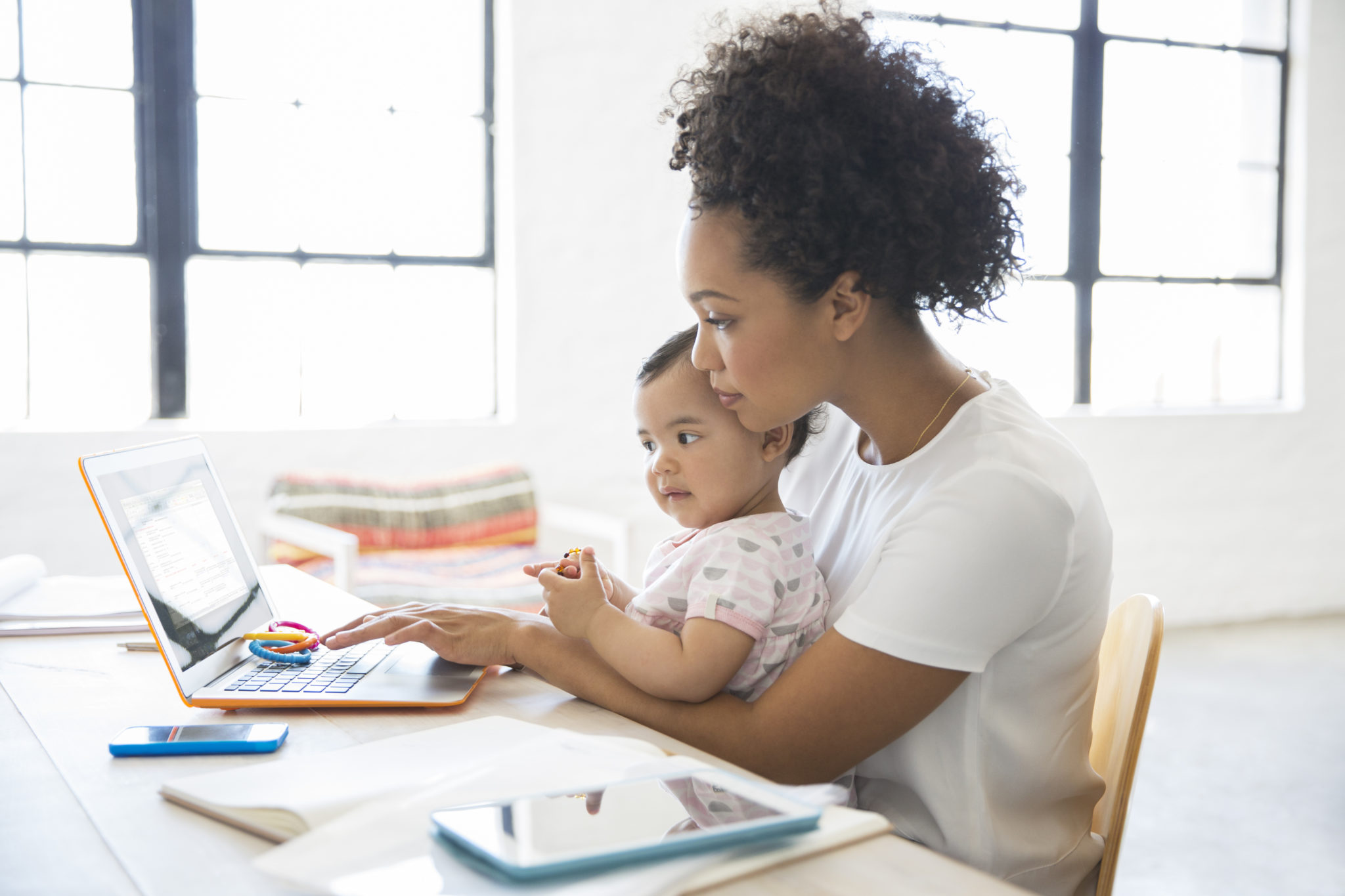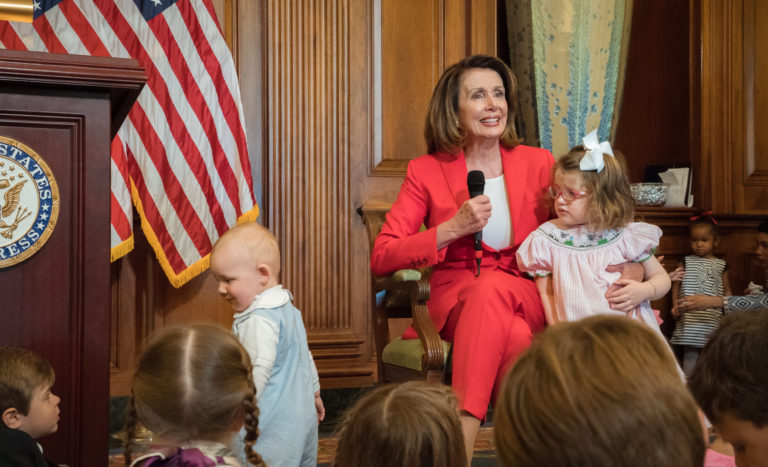Image: Speaker Pelosi on Bring Your Kids to Work Day This weekend, families around the…
The pandemic is hurting working mothers, but policy changes can help

Parenting young children has always been difficult and expensive, but the pandemic has made it even harder – and mothers are bearing the brunt.
First, the country’s worst economic crisis since the Great Depression has resulted in millions of lost jobs. More than 52 million Americans who live in households with children experienced a loss of employment between March and early November 2020. Job and income loss have affected a wide range of families, but disproportionately women of color.
Second, millions of children in the United States are spending zero hours at school or at child care due to school and program closures. Nearly half of all licensed child care slots – 4.5 million slots – across the country may be permanently lost because of the pandemic. And child care was already in short supply and expensive prior to COVID-19.
Evidence suggests school closures have led to children’s learning loss as well as parents’ ability to work. For parents able to work from home, managing child care, virtual schooling, and work is very difficult and stressful, even more so if facing financial hardship. For essential workers or others who must be at work in person – who are more likely to be individuals of color – taking care of children and working is impossible. School and child care closures affects the entire economy, as an estimated one-third of American workers – about 50 million workers – have child caregiving responsibilities.
The lack of child care disproportionately affects mothers. Even before the pandemic, mothers shouldered the majority of family caregiving responsibilities, and on average earn less, compared to fathers. The pandemic’s school and child care closures have widened these wage and caregiving disparities and reinforced traditional gender roles. Mothers have been more likely to cut their work hours or leave the workforce all together to care for children. In September 2020 alone, about 865,000 women dropped out of the labor force compared to 216,000 men. Mothers’ lost wages and time out of the workforce reduces family income, retirement benefits, and negatively affects their career trajectories. Single mothers, who disproportionately live in poverty, have even fewer choices.
These child care problems are not new, nor are they intractable. For decades American parents have performed an exhausting dance of coordinating their own work demands with complicated, expensive patchwork of school, care, and activities for children. Low-income families who can’t afford the expense lose out.
Policy change can make sure parenting isn’t this hard. In the short-term, we need emergency spending for child care. Longer-term, we need increased public investment in child care subsidies, public preschool, and paid family leave – like those my coauthors and I recommend in our book, Cradle to Kindergarten: A new plan to combat inequality – to fix the structural problems that existed well before COVID-19. Investments in education and child care can go a long way to supporting the mothers and children who have borne the brunt of the harms of this pandemic – and in narrowing inequalities and promoting economic outcomes in the long term.





